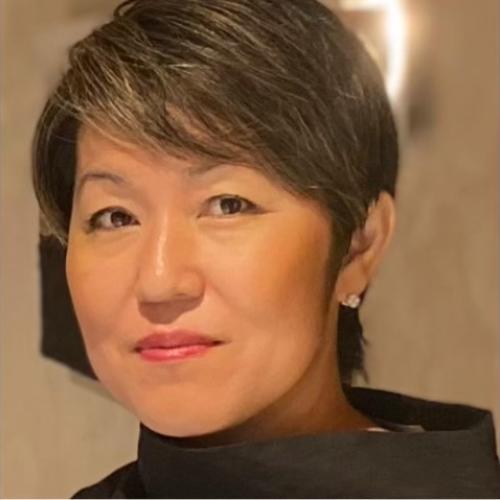Ph.D.
Applied Mathematics
George Mason University
2020

Applied Mathematics
George Mason University
2020
Math 159, Fall 2024
ONR, NSF.
Tenured at the U.S. Naval Research Laboratory from 2021-2023
At the Center for Urban Study and Progress, New York University from 2023 to 2024.
We consider the problem of characterizing the dynamics of interacting swarms after they collide and form a stationary center of mass.
Modeling efforts have shown that the collision of near head-on interacting swarms can produce a variety of post-collision dynamics including
coherent milling, coherent flocking, and scattering behaviors. In particular, recent analysis of the transient dynamics of two colliding swarms
has revealed the existence of a critical transition whereby the collision results in a combined milling state about a stationary center of mass. In
the present work, we show that the collision dynamics of two swarms that form a milling state transitions from periodic to chaotic motion as
a function of the repulsive force strength and its length scale. We used two existing methods as well as one new technique: Karhunen–Loeve
decomposition to show the effective modal dimension chaos lives in, the 0-1 test to identify chaos, and then constrained correlation embed-
ding to show how each swarm is embedded in the other when both swarms combine to form a single milling state after collision. We expect
our analysis to impact new swarm experiments which examine the interaction of multiple swarms.